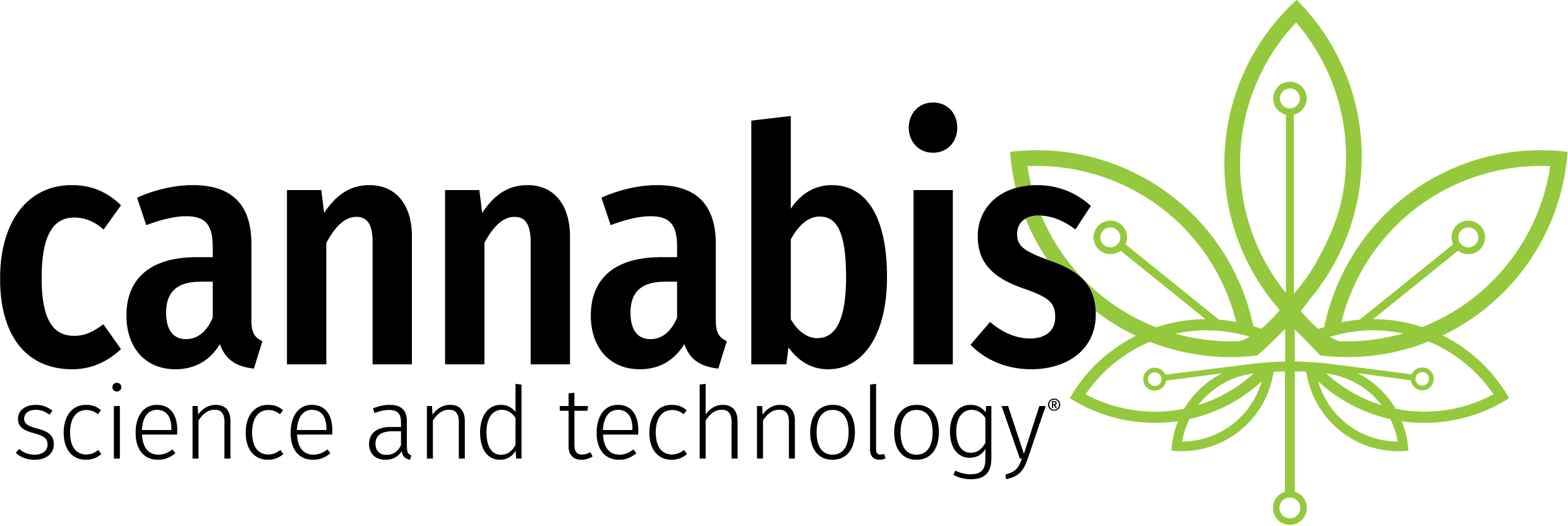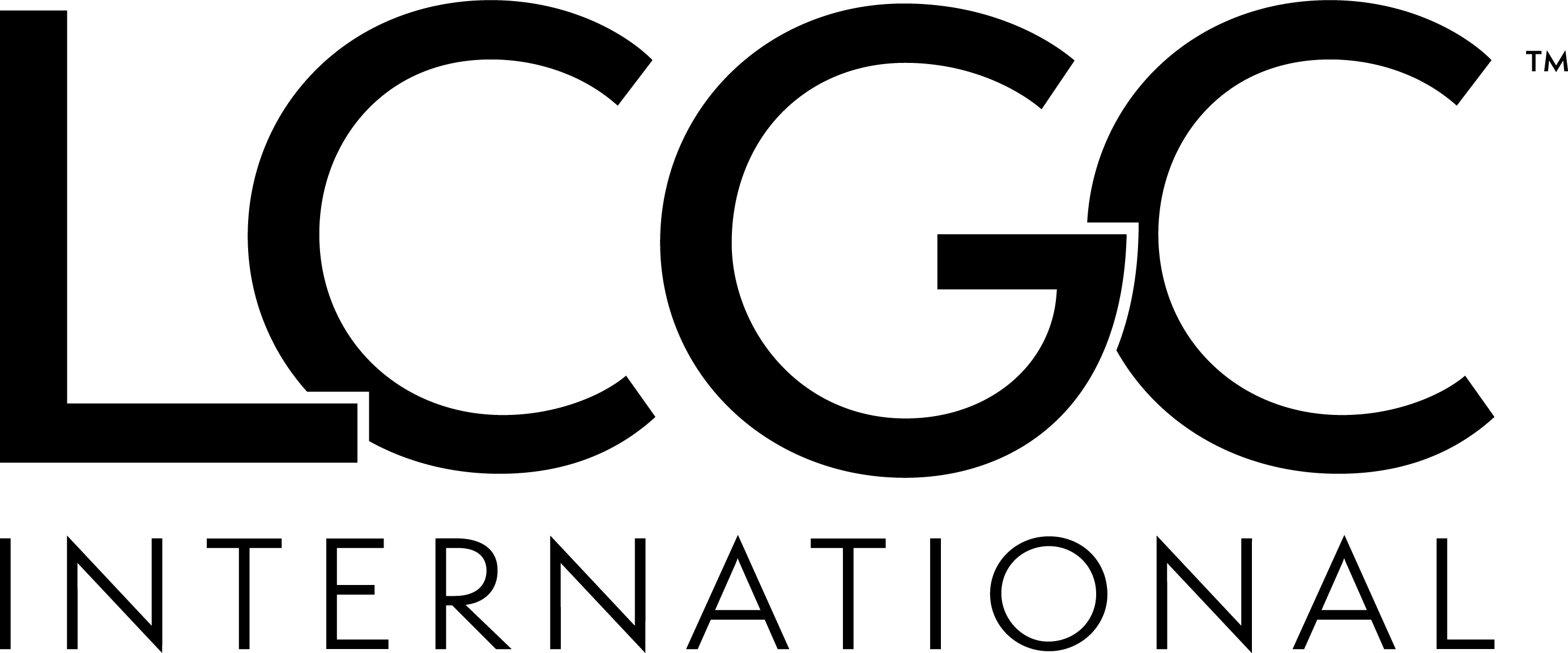
Parexel Data Indicate U.S. Marketing Applications for New Molecular Entities Bounce Back
New data from PAREXEL International Corporation, a leading global biopharmaceutical services organization, reveal that U.S. marketing applications for new molecular entities (NMEs) surged 33 percent in 2007.
PAREXEL DATA INDICATE U.S. MARKETING APPLICATIONS FOR NEW MOLECULAR ENTITIES
BOUNCE BACK
BOSTON, MA, August 25, 2008 – New data from PAREXEL International Corporation (NASDAQ: PRXL), a leading global biopharmaceutical services organization, reveal that U.S. marketing applications for new molecular entities (NMEs) surged 33 percent in 2007.
While NME approvals reached a many-year low of 16 in the U.S., and global new active substance (NAS) launches declined 19 percent to 25, during 2007, marketing applications for NMEs increased to 28 in 2007, up from 21 filed in 2006, according to PAREXEL's newly-released The US Drug Approval Trends and Yearbook 2008/2009.
Mark Mathieu, Director of Publications at PAREXEL and Editor of The US Drug Approval Trends and Yearbook 2008/2009, said: "NME and NAS approvals are key measures of new drug productivity in the biopharmaceutical industry, and these measures tend to improve based on the volume of new drug submissions. The recent increase in the number of NME submissions is an encouraging sign. NMEs are a closely watched category because they are medicines that have never before been approved for any use.”
"Our analysis also shows that record percentages of drug marketing applications that the FDA has designated as priority submissions are going
straight to approval in the first review cycle,” added Mr. Mathieu.
The US Drug Approval Trends and Yearbook 2008/2009 provides a comprehensive overview of the current state of the U.S. Food and Drug Administration (FDA) drug review and approval process, as well as a broad range of in-depth analyses and benchmarks, supported by hundreds of data tables, graphs, and exhibits, including:
•New Drug Application (NDA) and NME first-cycle success rates and trends
•Complete approval profiles for each NME and NDA
•Analysis of drug review times, performance trends, and success rates by therapeutic category, as well as standard versus priority classification
•The impact of accelerated approval, orphan drug status, and related programs on review times and outcomes
•Data regarding other key new drug submissions, including NDA resubmissions, efficacy supplements, and manufacturing supplements
PAREXEL's newly-released The US Drug Approval Trends and Yearbook 2008/2009 is the largest compendium of drug approval trends and metrics ever compiled. To order the compendium ($295 USD), visit http://www.barnettinternational.com/EducationalServices/ or email customerservice@barnettinternational.com. For more PAREXEL book titles published and distributed by Barnett International, a division of Cambridge Healthtech Institute (CHI), visit Barnett Educational Services at http://www.barnettinternational.com/.
Newsletter
Stay current in clinical research with Applied Clinical Trials, providing expert insights, regulatory updates, and practical strategies for successful clinical trial design and execution.






.png)



.png)



.png)
.png)
